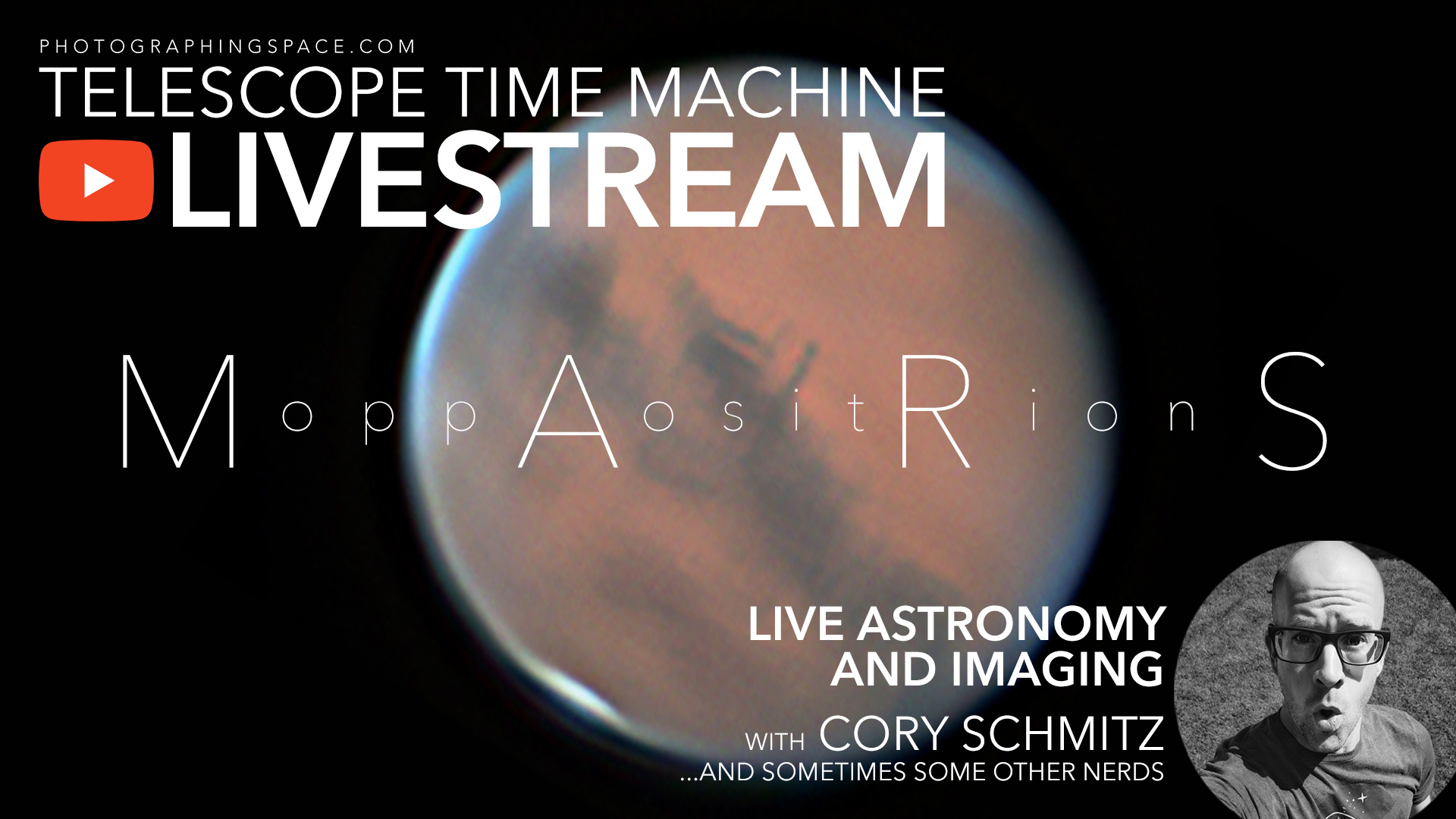
- #Astro timelapse in photoshop how to#
- #Astro timelapse in photoshop trial#
- #Astro timelapse in photoshop download#
- #Astro timelapse in photoshop free#
#Astro timelapse in photoshop free#
You can also browse by topics in the free tutorials menu.
#Astro timelapse in photoshop download#
You can even add multiple colors to have even more fun.įor more info on Layer Blending modes, download my free ebook.īrowse our hundreds of other free tutorials here, or search for what you are looking for in the search at the top of the page. If you hide the layer, the original colors will show. In this way, the foreground remains fixed during the timelapse sequence, but during each exposure the stars are perfectly. The nice thing about this is it’s non-destructive. The feature is called 'Astro-Timelapse' and what it does is track the stars during a single sub-exposure and then rewinds the right-ascension axis by the same amount to start the next exposure in exactly the same position. Click on the color swatches at the bottom of the tool bar. This allows to recolor an object with ease.ģ. Color Blending ModeĬolor Blending mode is really powerful. Switch to the Burn tool to darken ( Memory Trigger: You burn toast and it gets darker).įor a more detailed tutorial on dodge and burn, check this out. Paint over the areas you want to lighten, to add highlights.

We will use dodge (lighten) and burn (darken). Hold down on the Dodge tool to see the other tool options.
#Astro timelapse in photoshop how to#
(See a tip on the video above on how to do this easily).Ĭhange the Blending mode to Overlay and the gray disappears. Overlay hides gray and is useful for lots of things including dodging and burning.Ĭreate a new Layer and fill with gray.

When you see solid black, you know the alignment is spot on. Use the arrow keys on your keyboard to nudge the layer a single pixel at a time. When you see the etched edge, this means it’s not quite aligned yet You could drag the top layer and eyeball it, but this will help a lot to get it perfect!Ĭhange the Layer Blending Mode to Difference (You’ll be surprised how often you will need to do this throughout your Photoshop career.) When you have a copy of a layer and you want to perfectly align them. Here is a Layer blending mode that is often misused, which is fine, but it’s also useful to know where you can use it to its best advantage. Includes tips, composing and advanced cropping with the Photoshop. This method allows you to reposition the lens flare and easily see it overlaid on the image. This tutorial shows how to crop a photograph in Photoshop to an exact size and resolution. You can now see just the Lens Flare and that black is hidden. Here is the Lens Flare applied in PhotoshopĬhange the Layer Blending mode to Screen in the Layers Panel. Press Alt+Backspace (Option+delete) to fill with black.Ĭhoose a default lens flare, or change the settings to suit your tastes. 1.įill with black: Press the D key to reset color. Lens flares are difficult to position, but not with this trick. What if we have white on a black background and we want to hide the black background?Ĭhoose Screen Blending mode. Now it’s time for the opposite of the previous tutorial. Where it says normal in the Layers panel, change it to Multiply. You could make selections, but that wouldn’t look as good and it would take longer than this. Perhaps you have sketches on a sheet of paper or you photographed or captured a printed sheet. This is useful when you have text or images on a white sheet of paper. In this Photoshop tutorial, we are going to look at the 5 most useful Layer Blending modes in Photoshop.įor a more in-depth guide on all the Layer Blending modes in Photoshop, check out this article by Colin Smith (That’s me). Blend modes have practical and creative uses. Waiting for a timelapse to finish is a great time to think about the next composition.Layer Blending modes are magical. This changes the way a layer reacts with the layers underneath. I’ll sometimes shoot 4+ different angles in a night. Shooting meteor showers, comets, conjunctions, and eclipses require extensive planning to get images, but you’ve got to be ready for spontaneity when in the field shooting. The timescale of these terrestrial subjects are far greater than our perception, similar to the life cycle of a star.īut following along celestial events have guided a lot of my work. Ocean, desert, and mountains are my favorite landscapes to juxtapose with the sky.

A dark sky is a must (new moons are always a great time to shoot astro), and then comes the landscape. There’s still a lot of shots I have in my head before I get to a location, and a lot of conditions to think about before I show up.

#Astro timelapse in photoshop trial#
JH: Planning is what keeps me sane during the day time, but every timelapse is a trial and error in my opinion because you never know what’s going to happen when you start the camera. KU: So how much thinking ahead are you doing?


 0 kommentar(er)
0 kommentar(er)
